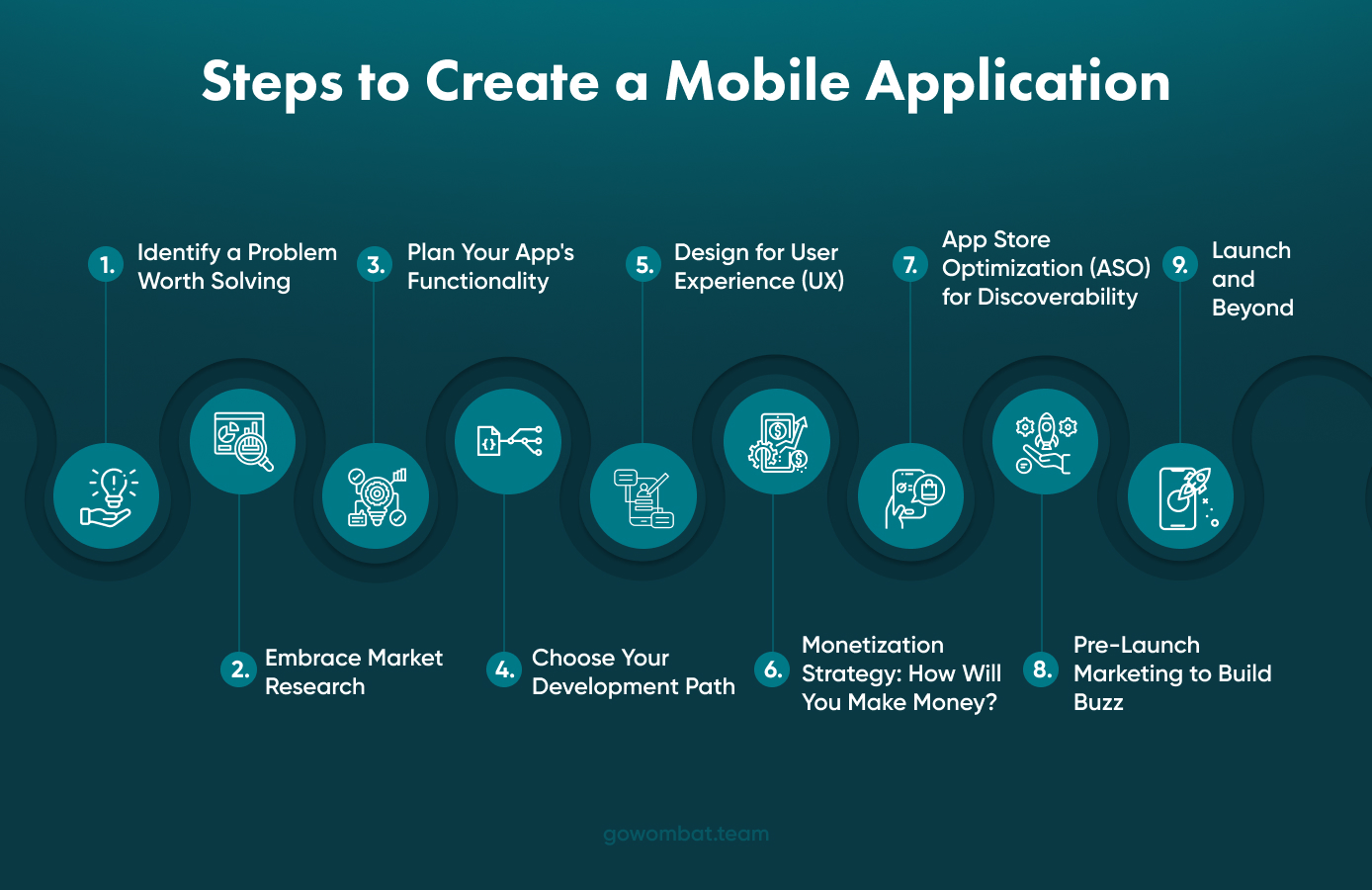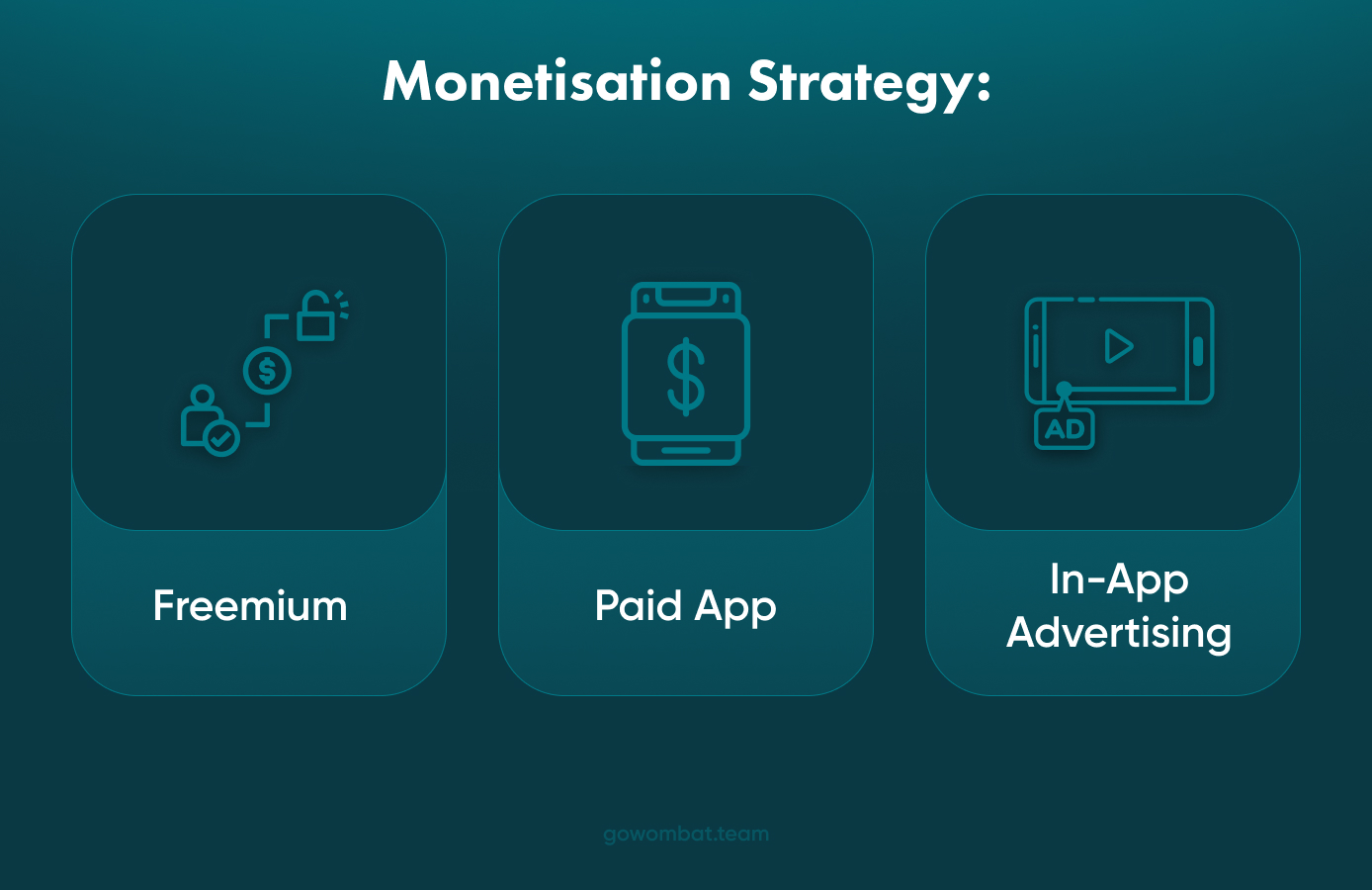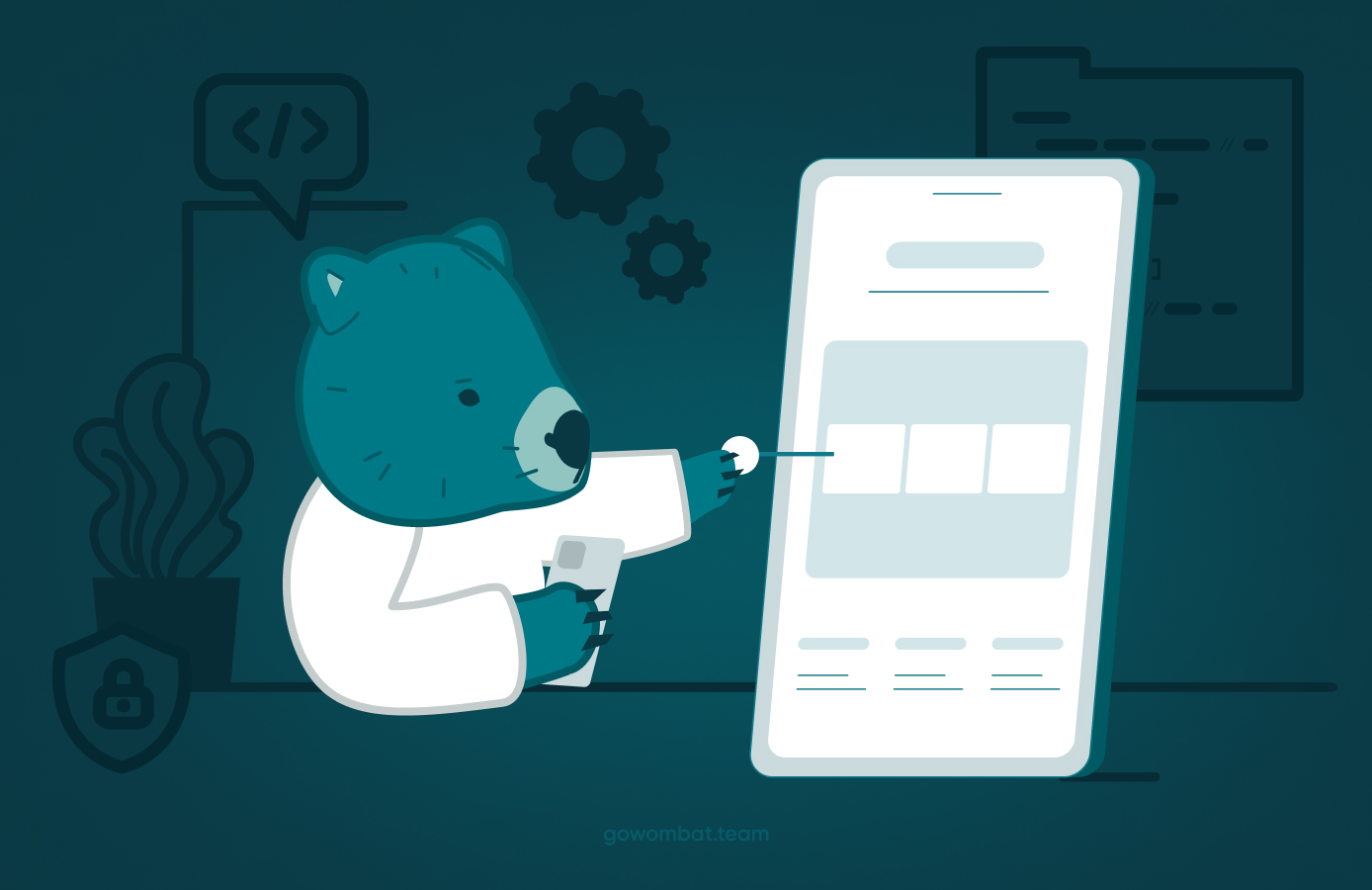Building a Mobile Application: A Guide to Successful App Development


The mobile app market is booming. With millions of apps vying for user attention, it can be tempting to jump right in and start coding. But before you dive headfirst into your development, there are crucial steps to take to ensure your app isn't lost in the digital sea. This guide will equip you with the knowledge you need to approach mobile app development strategically, increasing your chances of building a successful and sustainable product.

1. Identify a Problem Worth Solving
The foundation of any successful app is a genuine need in the market.
- Start with brainstorming: Make a list of problems you encounter in your daily life or areas where you see existing apps falling short.
- Research existing solutions: Are there already apps addressing this problem? If so, what are their strengths and weaknesses? Can you offer a unique value proposition?
- Target a specific audience: Who will benefit most from your app? Understanding their demographics, needs, and pain points will guide your development process.
By focusing on a well-defined problem, you'll attract a dedicated user base and avoid creating an app that nobody needs. Some software development companies provide discovery phase services to thoroughly research and validate your app's idea, ensuring its viability and potential for success.
2. Embrace Market Research
Don't underestimate the power of thorough market research. Here's why:
- Validate your idea: Is there a real demand for your app? Researching market trends and user behavior can confirm if your idea has legs.
- Identify competitors: Who are the established players in your target market? Analyze their strengths, weaknesses, and user reviews to find gaps you can exploit.
- Learn from success stories: Study popular apps in your niche. What features resonate with users? How can you incorporate those elements while adding your own twist?
Market research equips you with valuable insights to refine your app concept and tailor it for success. It’s always important to identify experts who offer marketing services to help you conduct detailed market research to understand your competition and target audience better.
3. Plan Your App's Functionality
With a validated concept and market understanding, it's time to define your app's core functionalities.
- Prioritize features: Start with a Minimum Viable Product (MVP) that offers the essential features to solve your target audience's core problem.
- Simplicity is key: Focus on an intuitive and user-friendly interface. Don't overwhelm users with complex functionalities in the initial launch.
- Wireframing and prototyping: Create visual representations of your app's layout and user flow. This helps identify potential usability issues early on.
By planning your functionalities effectively, you'll create a user-centric app that is easy to navigate and use. MVP development ensures your app starts with the most crucial features, setting a strong foundation for future enhancements.
4. Choose Your Development Path
There are several ways to bring your app to life, each with its own advantages and considerations:
- Do-it-Yourself (DIY) App Builders: These platforms offer drag-and-drop interfaces for creating basic apps without coding knowledge. They are cost-effective but may limit customization and scalability.
- Hiring Freelance Developers: Freelance marketplaces connect you with independent app developers. This route offers flexibility but requires careful vetting to ensure quality and project completion.
- App Development Agencies: Partnering with established app development agencies provides access to a team of experienced developers and designers. This is a good option for complex apps, but the cost is typically higher.
The best approach depends on your technical expertise, budget, and app complexity.
5. Design for User Experience (UX)
User experience (UX) is paramount to your app's success. Here are some UX design principles to follow:
- Intuitive Interface: Make navigation and functionality clear and effortless. Users should be able to figure out how to use the app without extensive tutorials.
- Visually Appealing Design: Pay attention to aesthetics. A clean, modern design increases user engagement and reflects professionalism.
- Responsive Design: Ensure your app adapts seamlessly to different screen sizes and devices for optimal user experience.
By prioritizing UX, you'll create an app that users find enjoyable and easy to interact with.
6. Monetization Strategy: How Will You Make Money?

Before launch, consider how you'll generate revenue from your app. Here are some common models:
- Freemium: Offer a basic version of your app for free with premium features accessible through in-app purchases or subscriptions.
- Paid App: Charge a one-time fee for downloading your app. This model works well for utility apps that offer significant value upfront.
- In-App Advertising: Integrate targeted ads into your app to generate revenue without users directly paying.
Choose a monetization strategy that aligns with your app's value proposition and target audience.
7. App Store Optimization (ASO) for Discoverability
With millions of apps in the stores, getting discovered can be challenging. ASO involves optimizing your app's presence in app stores (like Apple's App Store and Google Play) to increase organic downloads. Here's how:
- Keyword Research: Identify relevant keywords users might search for to find apps like yours. Optimize your app title, description, and metadata with these keywords.
- Compelling App Store Listing: Craft a captivating app description that highlights your app's unique selling points and benefits. Include high-quality screenshots and app previews to showcase functionality.
- Positive Reviews and Ratings: Encourage users to leave positive reviews and ratings. These social proofs build trust and attract new users.
By implementing effective ASO strategies, you'll increase your app's visibility and organic discoverability within app stores. You can contact marketing experts to optimize your app store presence to ensure maximum visibility and user engagement.
8. Pre-Launch Marketing to Build Buzz
Don't wait until launch to generate interest. Here are some pre-launch marketing tactics to build anticipation:
- Create a Landing Page: Create a website landing page to capture potential users' email addresses and build an email list for future marketing campaigns.
- Social Media Marketing: Promote your app on social media platforms frequented by your target audience. Share teasers, behind-the-scenes glimpses, and valuable content related to your app's niche.
- Public Relations: Reach out to tech blogs and relevant publications to generate pre-launch buzz and secure reviews.
Pre-launch marketing helps create a user base eager to download your app on launch day. Get a marketing team to help craft and execute an effective pre-launch marketing strategy to build anticipation and interest in your app.
9. Launch and Beyond: Continuous Improvement
Launching your app is just the beginning. Here's how to ensure your app thrives in the long run:
- App Analytics and User Feedback: Actively monitor app analytics to track user behavior, identify areas for improvement, and measure the effectiveness of your marketing efforts.
- Bug Fixes and Updates: Address bugs promptly and release regular updates with new features and improvements based on user feedback.
- User Engagement Strategy: Implement strategies to keep users engaged, such as push notifications, loyalty programs, and in-app events.
By continuously monitoring, iterating, and adapting, you'll ensure your app stays relevant and retains its user base. Companies offering maintenance and support services can assist in maintaining and improving your app post-launch, ensuring continuous user engagement and satisfaction.
Unlock Success with Premium Software Development
Contact us


Conclusion: Building a Successful Mobile App Takes Planning

Building a successful mobile app requires a well-defined strategy, user-centric design, and continuous improvement. By following the steps outlined in this guide, you'll increase your chances of creating an app that solves a real problem, resonates with users, and thrives in the competitive mobile app market. Remember, the journey doesn't end at launch. Be prepared to adapt, learn, and evolve alongside your app to ensure its long-term success.
Go Wombat specializes in mobile app development, discovery phase services, UI/UX design, backend development, frontend development, MVP development, cybersecurity consulting, software testing and digital marketing. For those looking for a one stop shop to build a mobile application, Go Wombat is your preferred destination. Let's transform your ideas into reality. Contact us today to get started!
How can we help you ?






